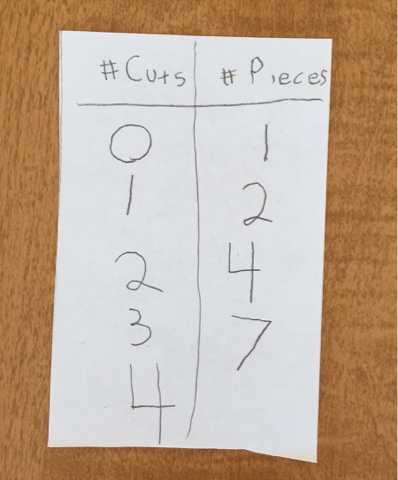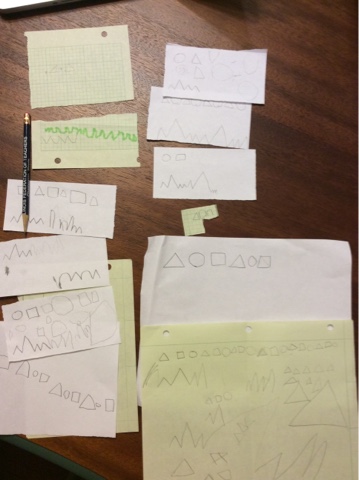Chess board coordinate review
The students first reviewed the coordinates of the chess board grid. We picked a spot on the board and then identified the coordinates. We also tried the reverse.
Missing school bus
Travis hid a school bus on the grid. The students had to search for the school bus using the coordinates. Think battleship. Once the students found the first part of the school bus, the rest of the bus was quickly found.


















































